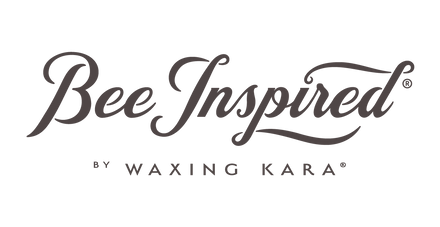This lesson covers requeening a hive. This is my second year as a beekeeper and every time I set out to do something new with the hives I learn many new things. I think that beekeeping is truly an art that may take the rest of my life to fully understand. I’m very fortunate to have a couple of good and patient mentors.
Why requeen?
I have always tried to let nature do what she does. The bees are instinctual and if they sense that their leader is not up to snuff they take matters into their own hands and they make a new queen. How? It's so interesting. They create a cup fill it with nutritious royal jelly and inseminate a worker bee so that she can lay the egg.


The beekeeper 'disposes' of the existing queen and replaces her with a new one during requeening. if you're going to raise your queen. You'll need to get yourself a queen cage. They have the appearance of a huge clamp. It will shut in on the queen to keep her safe. You'll put her in-between frames so that when the next brood hatches, they'll recognize her.

A perfectly formed queen cell
Requeen when:
The hive appears to be weakening (emptier than the other hives)
There are no eggs that you can see in the brood chamber
You see a pattern of eggs that are not uniform
Who is the Queen bee?
A queen bee is the queen of a bee colony and the source of the colony's worker and drone bees, if not all of them. A healthy queen is essential to the hive's survival; if she becomes unwell or dies, the hive will perish if a replacement queen is not found in time.
How do I find the queen?
Seek for the biggest bee. Almost typically, the queen bee is the biggest in the colony. Drones can be as big as or bigger than the queen in some situations, but you can tell them apart by their thickness. The legs of the queen bee splay outward, making them more conspicuous. The abdomen of the queen will also be more pointed. This is a simple technique to identify the queen apart.

In January we ordered a few packages of bees. It’s necessary to start thinking this far in advance when ordering bees (and seeds, but that’s my next article). What I didn't know at the time I placed my order was that one of the hives, the hive that was robbed last season weakened dramatically over the winter.
“The assessment of whether a hive is weak or strong is based on the hive population. A large adult population, lots of brood and a solid brood pattern are indicators of a good queen and a strong hive.” [Oregon State Beekeers Association]
Our queen is ill or gone. We opened the hive and searched the bottom brood box for the queen. We cleared the bottom brood box of grubs, hive roaches and beetles, and cleaned out all the burr comb which bees naturally build in brood boxes.
We noticed that there was no brood in the lower brood box, a bad sign as by early April there should be at least some brood. We were pretty convinced that there was no queen and began reassembling the box and placing the bees back in box, when by chance, we found the queen. We gently removed her and replaced her with a new queen and a new package of bees that we had planned on using to start a new hive.
For the new hive, we were lucky to find bees available within a two hour drive to pick up and use.
The weak queen was knocked over by a gust of wind and flew off. Our intention was to free her a few miles down the road.
Honey Bee Queen Management Techniques
For more on our beekeeping adventures visit YouTube for more videos on beekeeping, or start here to read about my adventures in becoming a beekeeper.


